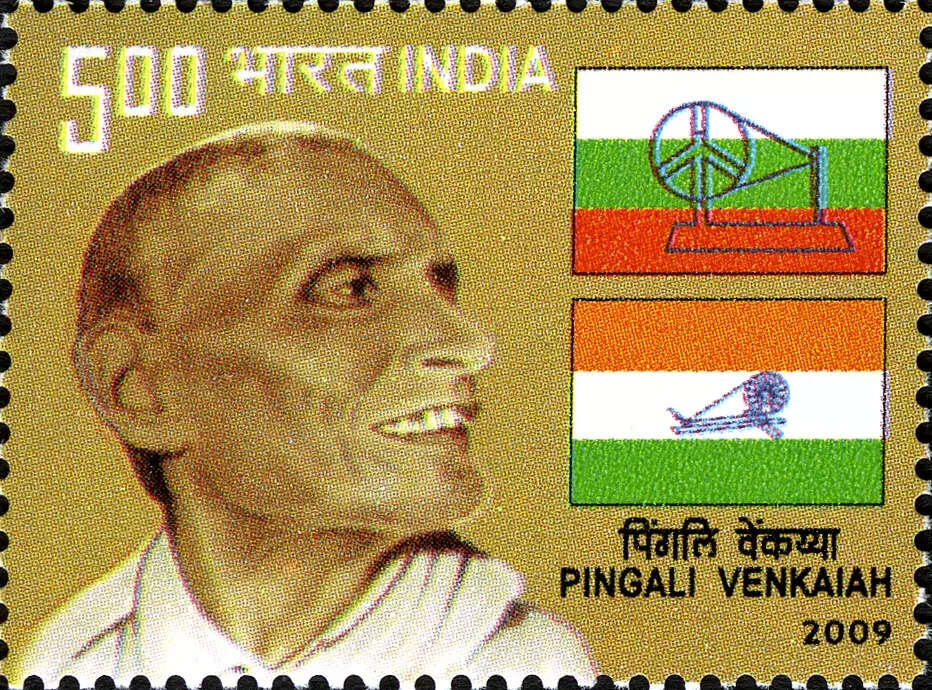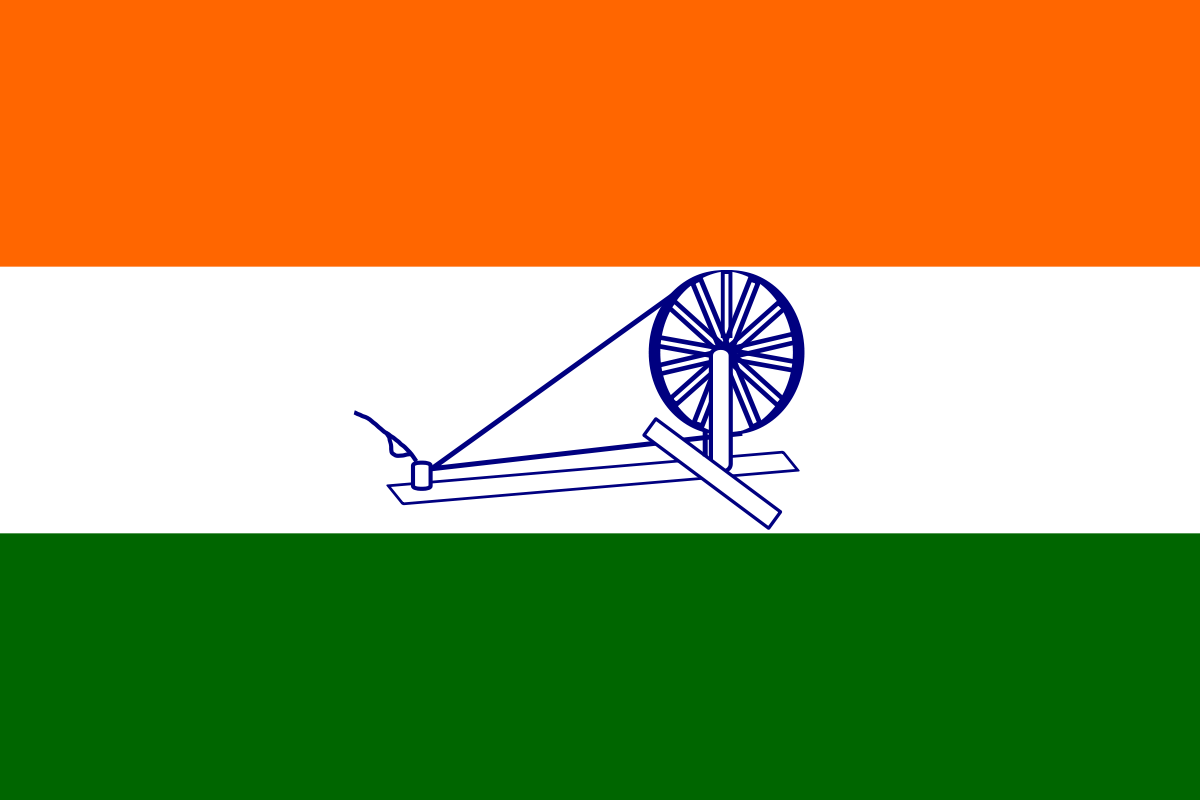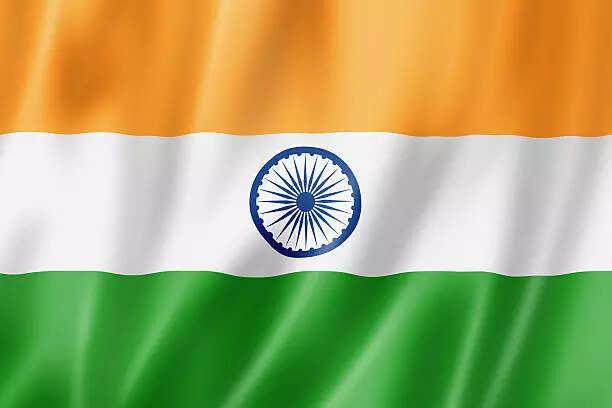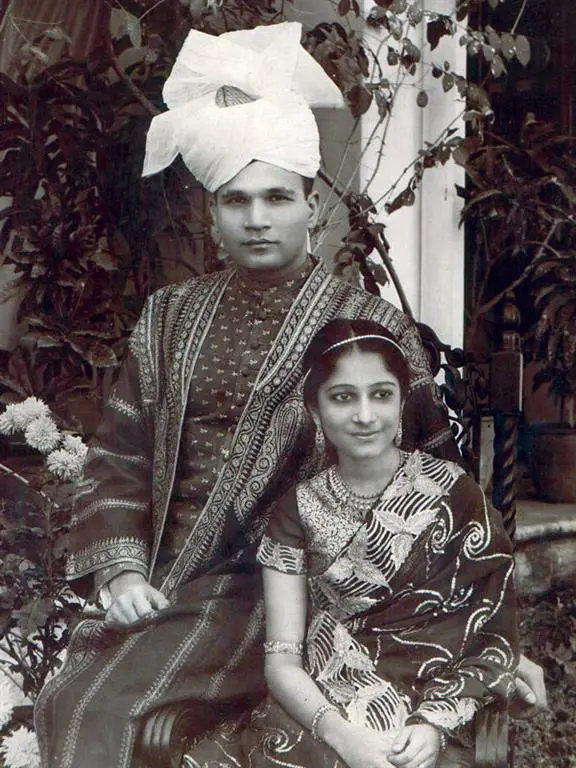Pingali Venkayya designed the tricolour but one woman also contributed: Who is Surayya Tyabji
Pingali Venkayya will always be remembered for designing the flag for the Indian National Congress which would later be adopted as the national flag with a few important modifications to erase its association with India’s largest political party at the time. A woman named Surayya Tyabji made this significant alteration that gave us the flag we honour today.
The credit for designing the Indian National Flag goes to Pingali Venkayya, a Gandhi loyalist from Andhra Pradesh who gave the freedom movement its most recognisable symbol as a young man in 1921. It is said that at the All India Congress Committee meeting held in Bezwada (now Vijayawada) Pingali Venkayya drafted the design of the Congress flag – which would go on to become the banner under which India would later unite in 1947 – but with one substantial difference.

Pingali Venkayya’s simple but meaningful design consisted of two red and green bands to represent the two majority communities in the country – Hindus and Muslims – with a charkha in between as a sign of progress. The charkh or spinning wheel is a symbol often associated with Mohandas Gandhi, considered the father of India and one of its foremost leaders of the freedom struggle. The charkha not only represented progress because of its ever-forward movement but also self-reliance which became a huge pivot for many anti-colonial movements.
However, the original design was modified a few times to bring it to the form that we all know today.

It is said that Mahatma Gandhi himself introduced the first change to the national flag. He brought in a white band between the saffron and green to symbolise other Indian communities and also as a ‘buffer of peace’ between the two majority communities. It is said that the stripes of colour were reordered by the Congress and it change the red to orange in 1931.
The ‘Swaraj flag’ in this form was then used during various national movements.

The charkha, despite its symbolic meanings, was identified as a symbol of the Congress. So, when India was on the threshold of independence, there was a renewed quest to modify the flag such that it united all Indians and did not appear to favour the largest political party at the time. India was to become a democracy, so, the flag had to have a non-partisan character.
This is when Surayya Tyabji made a lasting contribution to the design of the Indian tricolour. She was instrumental in replacing the spinning wheel with the Ashok chakra at the centre of the flag, bringing to all Indians the version of the flag that would become a symbol of pride and reverence for a billion people.

Surayya Tyabji was the wife of Badruddin Tyabji – an ICS officer in the Prime Minister's office in 1947 and niece of Sir Akbar Hydari of Hyderabad. She grew up in Hyderabad and was known to be interested in the arts and the outdoors, as recounted by her daughter Laila Tyabji, a social worker and writer who has been honoured by the Padma Shri.
Before she tweaked the national flag, it had fallen upon her husband to design a national emblem for the country that was going to be declared independent on August 15, 1947.
He and his wife then decided that the lions and the Ashok chakra would be a fitting emblem for a newly independent India. Surayya Tyabji, then just 28, drew a graphic version which was then sent to a printing press at the Rashtrapati Niwas and largely appreciated.
When it came to modifying the national flag, for the Tyabjis it was time to turn to the inspiration for the national emblem once again. So Surayya Tyabji adopted only the wheel ‘the Ashok Chakra’ this time and replaced the charkha with this symbol. It was apt - the chakra symbolised movement which is Life. It also symbolised the wheel of dharma or the conformity to the divine law and principles. This version of the flag was adopted and first flew on the car of the first Prime Minister of India – Jawaharlal Nehru – as his convoy rolled down the Raisina Hill in July 1947.
Originally, Surayya Tyabji had painted a black chakra, but upon Gandhi’s objection, it became a navy blue chakra.
The modern day version of the flag was thus described by the second President of India – Dr Sarvapalli Radhakrishnan - Bhagwa or the saffron colour denotes renunciation or disinterestedness. Our leaders must be indifferent to material gains and dedicate themselves to their work. The white in the centre is light, the path of truth to guide our conduct. The green shows our relation to soil, our relation to the plant life here on which all other life depends. The Ashoka Wheel in the center of the white is the wheel of the law of dharma. Truth or satya, dharma or virtue ought to be the controlling principles of those who work under this flag. Again, the wheel denotes motion. There is death in stagnation. There is life in movement. India should no more resist change, it must move and go forward. The wheel represents the dynamism of a peaceful change.”
Trending:
End of Article
Subscribe to our daily Newsletter!
Related News





Tech Layoffs 2024: Experts Explain Why The Tech Industry Is Most Affected

Who Built NASA's James Webb Space Telescope?

Explained: What Is 60% Kannada Rule That Saw Violent Protests In Bengaluru

Disease X Versus COVID-19: What Are Similarities And Difference Between Two

Are We Prepared to Deal with Disease X?









